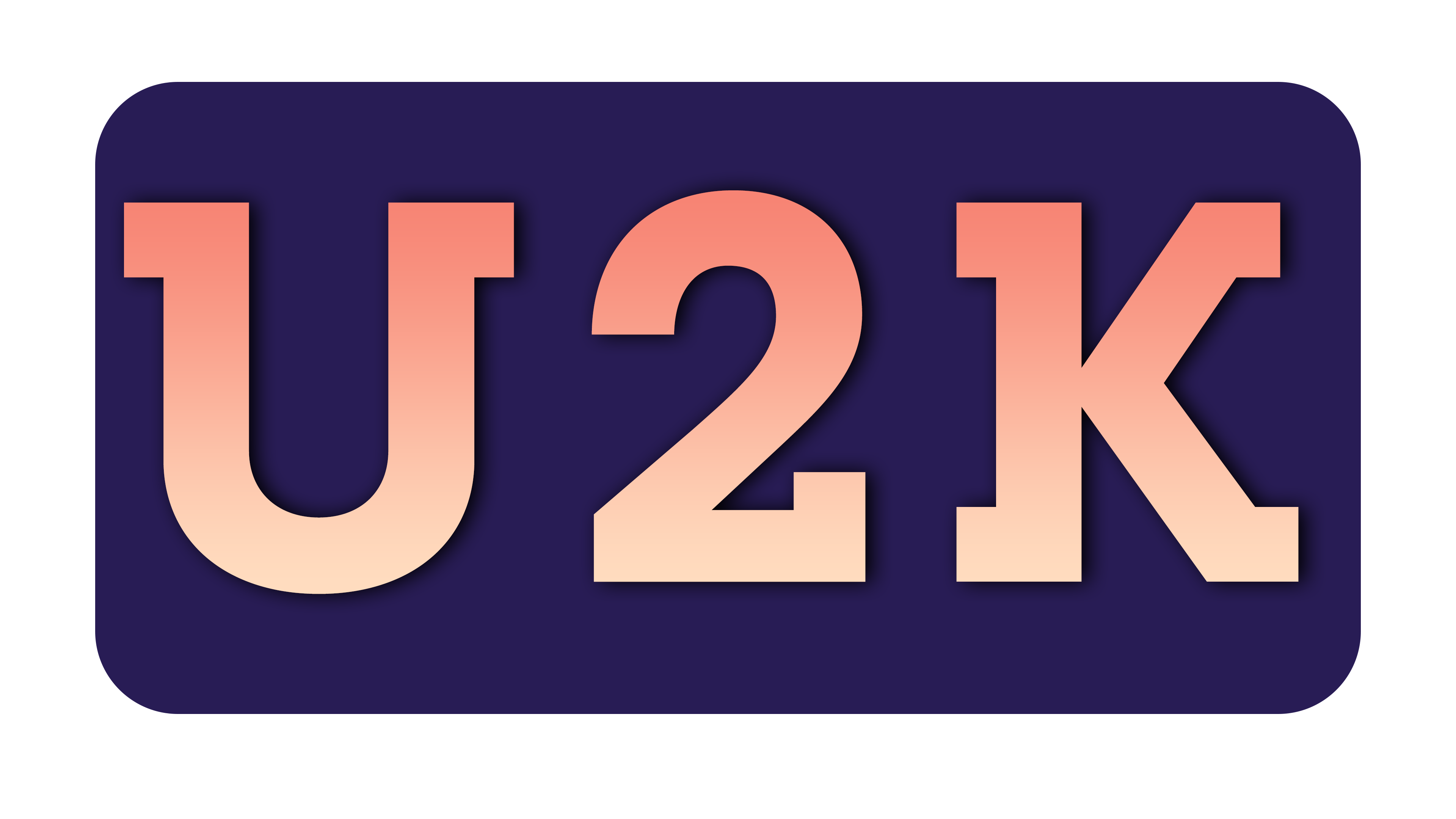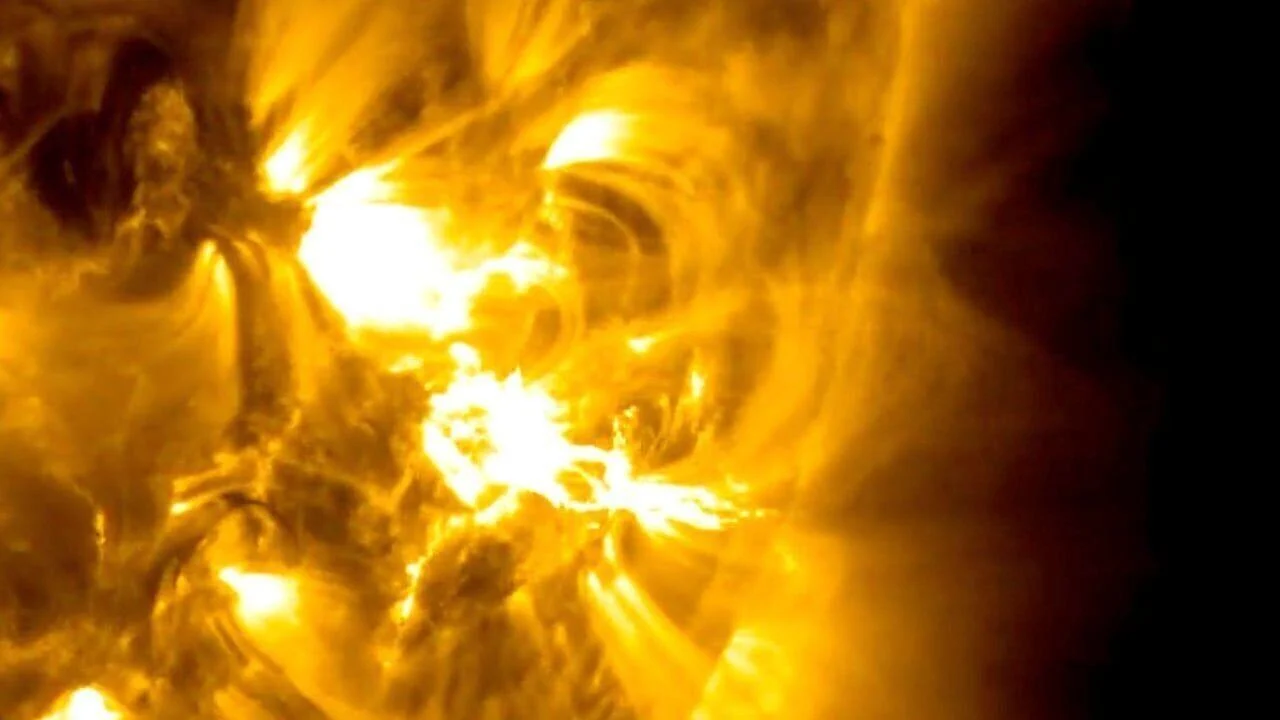A powerful X-class solar flare slammed into the Earth on Wednesday, causing radio blackouts in many parts of the world. With solar activity ramping up in recent weeks, you could expect that to happen again.

The Sun sent out a powerful “X-class” solar flare that peaked at 8.03 AM on Wednesday, March 29. The flare was classified as an X1.2 flare. The X-class denotes the most intense flares.
The solar flare was detected by NASA’s Solar Dynamics Observatory. It came from a sunspot region on our solar system’s central star called AR3256.
According to Stanford University’s Solar Center, X-class flares can trigger planet-wide radio blackouts and long-lasting radiation storms, which is exactly what happened in parts of southeast Asia, Australia and New Zealand, as per an Insider report.
There are four classes of solar storms–B, C, M and X. Just like the Richter scale, solar flares are classified on a logarithmic scale. So this means that a C-class storm is 10 times more powerful than a B-class storm and so on.
While the X-class denotes the strength of the flare, the number that comes after it signifies their strength at a finer scale. Each class is therefore divided into nine subdivisions. For example, X1 to X9.
So yes, the X1.2 solar flare was not even the strongest the Sun could produce, and it has already affected technology networks in vast parts of the world.
Solar activity has been ramping up in recent weeks. Our planet was hit by an especially powerful solar storm on March 24, and very few space weather forecasters were able to see it coming.
And according to the US Space Weather Prediction Center, this could continue. The center has put out an alert for potential solar storms for April 1, 2 and 3 in its 3-day weather forecasts.
The agency has said that there is a 10 per cent chance that a solar storm could have an R3 effect on radio communication systems. This could mean that the sunlit part of the world during the time could face a radio blackout for about an hour.
For April 2 and April 3, the center predicts just a 1 per cent chance of an R1 blackout. An R1 radio blackout will mostly only cause a minor degradation of radio communications and occasional sporadic blackouts.
But of course, space weather is still very unpredictable, and the NOAA has been wrong before. Also, solar flares and storms do not only lead to radio blackouts and chaos. Occasionally, they can “supercharge” the brilliant auroras.
Recent Posts
- Astronomers detect first direct image of black hole expelling a powerful jet
- WhatsApp rolling out ‘reply with message’ feature within call notifications
- Multi-Device Pairing May Be Arriving for Apple Watch this Year
- Artificial Intelligence Discovers Hidden Giant, a Planet 5 Times Larger Than Jupiter
- Google CEO Sundar Pichai Talks Bard & The Future Of Search
Recent Comments
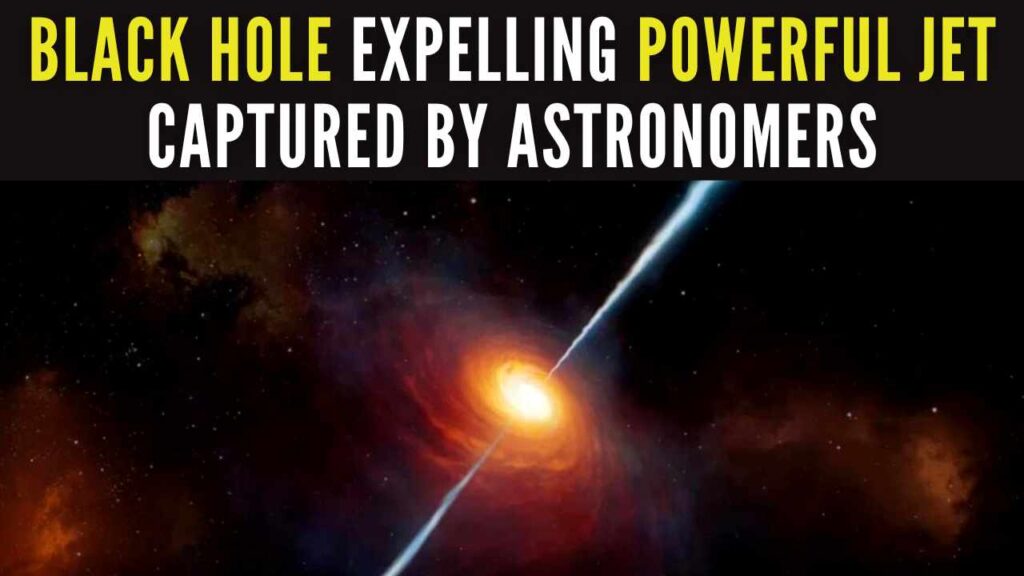
Astronomers detect first direct image of black hole expelling a powerful jet
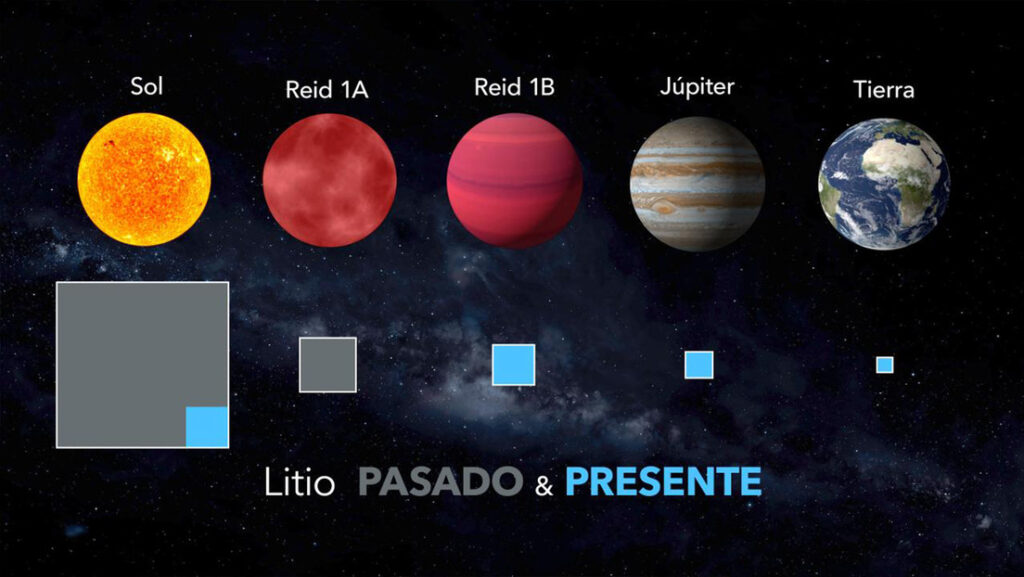
Artificial Intelligence Discovers Hidden Giant, a Planet 5 Times Larger Than Jupiter

Scientists explain melting of Antarctic ice sheet dating back 9,000 years
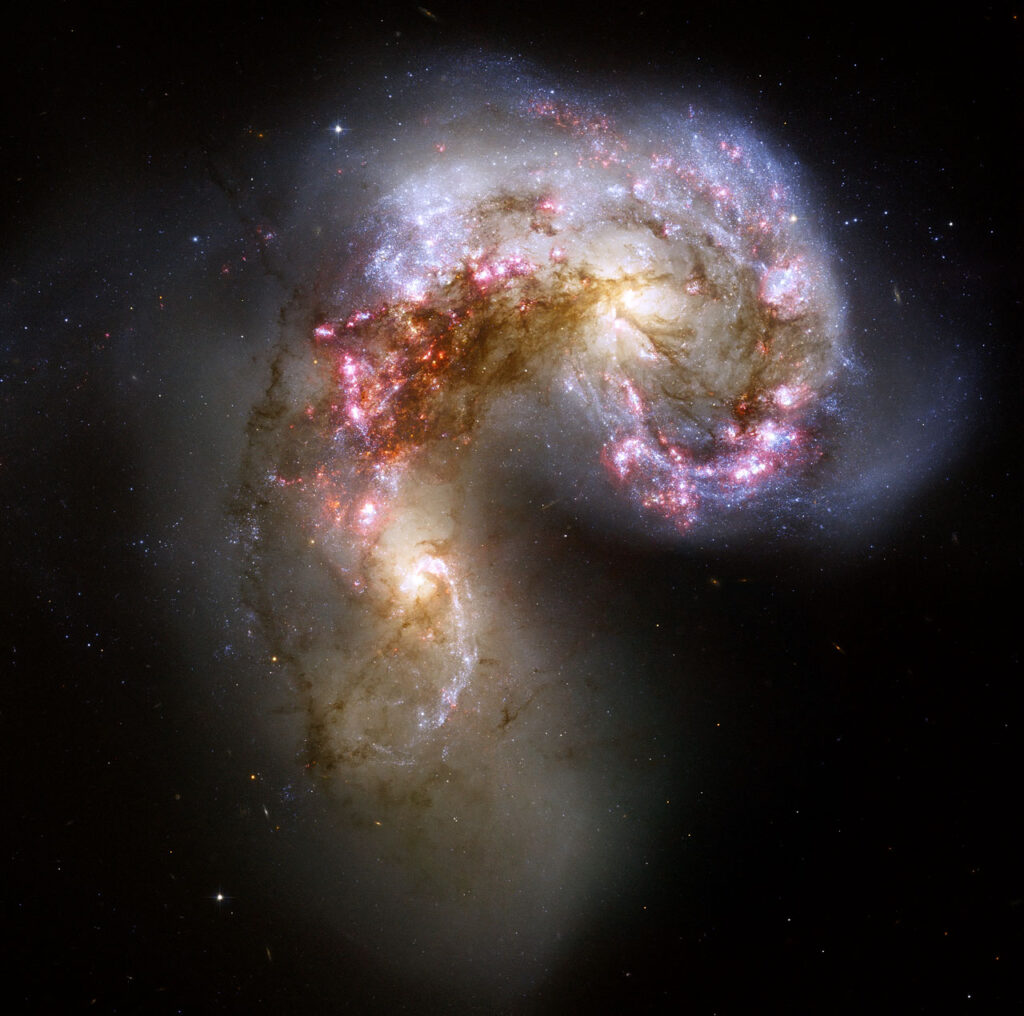
An Unexpected Discovery: Hubble, ESA's Gaia Spot Double Quasar That Existed Over 10 Billion Years Ago

Astronomers detect first direct image of black hole expelling a powerful jet
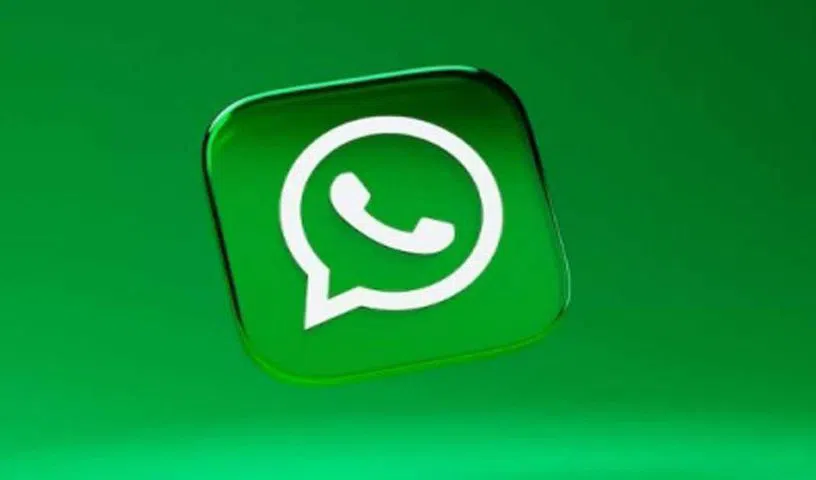
WhatsApp rolling out ‘reply with message’ feature within call notifications

Multi-Device Pairing May Be Arriving for Apple Watch this Year

